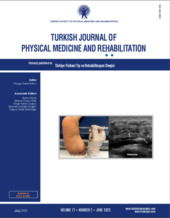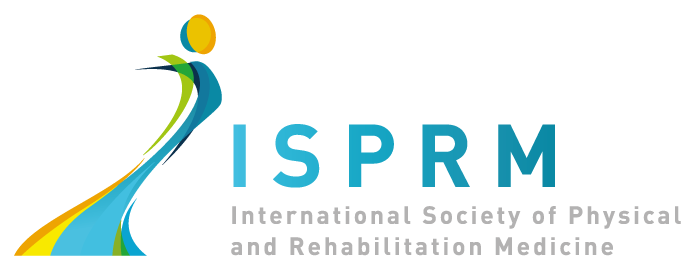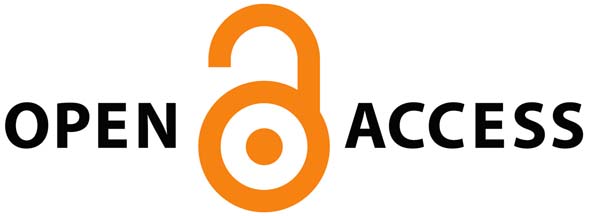Comparison of open and closed kinetic chain exercises on vastus medialis and vastus medialis oblique in patellofemoral pain syndrome: A randomized, single-blinded, prospective study
Patients and methods: The randomized single-blind prospective was conducted between January 2022 and September 2023. Thirty patients (11 males, 19 females; mean age: 37.5±8.8 years; range, 18 to 50 years) with patellofemoral pain syndrome (PFPS) were randomized into two groups. Fifteen patients in the first group (23 knees) received open kinetic chain exercises, and 15 patients in the second group (22 knees) received closed kinetic chain exercises (CKCE) as a six-week home exercise program. The following variables were measured before and after the exercise program: Visual Analog Scale , Q angle, and ultrasonographic measurements. In ultrasonographic measurements, the thickness of the VM and VMO muscles and the VMO fiber angle was evaluated.
Results: Both groups demonstrated statistically highly significant improvement in all evaluation parameters in both inter- and intragroup comparisons (p<0.001). Before treatment, there was no statistical difference in VAS scores between the two groups. However, a significant decrease was observed in favor of the CKCE group after treatment (p=0.037). Only VAS scores improved significantly more in the CKCE group (p=0.006), with no significant between-group differences in terms of Q angle, VMO, VM muscle thickness, and fiber angle (p=0.095, p=0.209, p=0.140, p=0.179, respectively).
Conclusion: The thickness of the VM and VMO muscles, the angle of the VMO fibers, and the pain scores improved both exercise groups in patients with PFPS. However, CKCE proved to be superior for pain reduction. Both open and closed kinetic chain exercises can be beneficial for PFPS management, with CKCE potentially being more appropriate for patients with prominent pain.
Keywords : Exercise, patellofemoral pain, ultrasound, vastus medialis

















